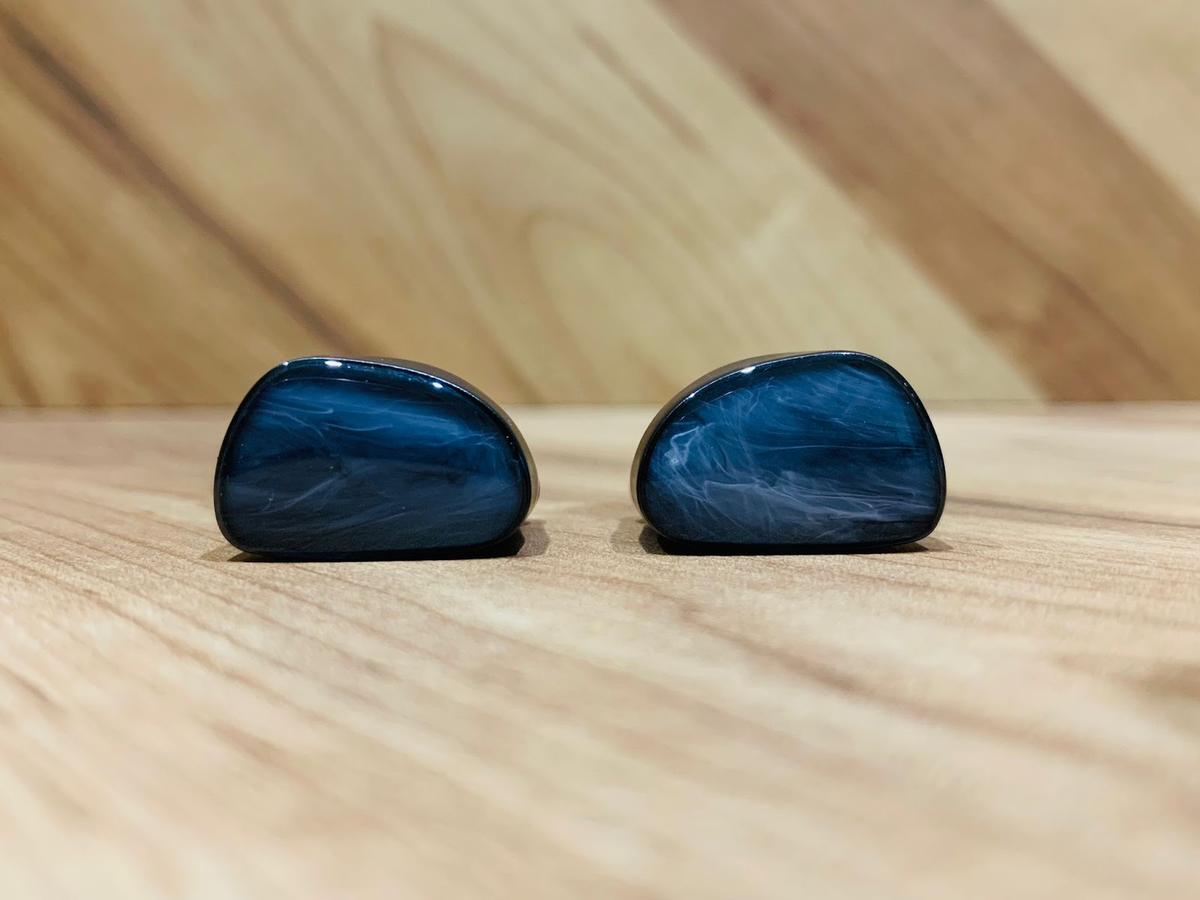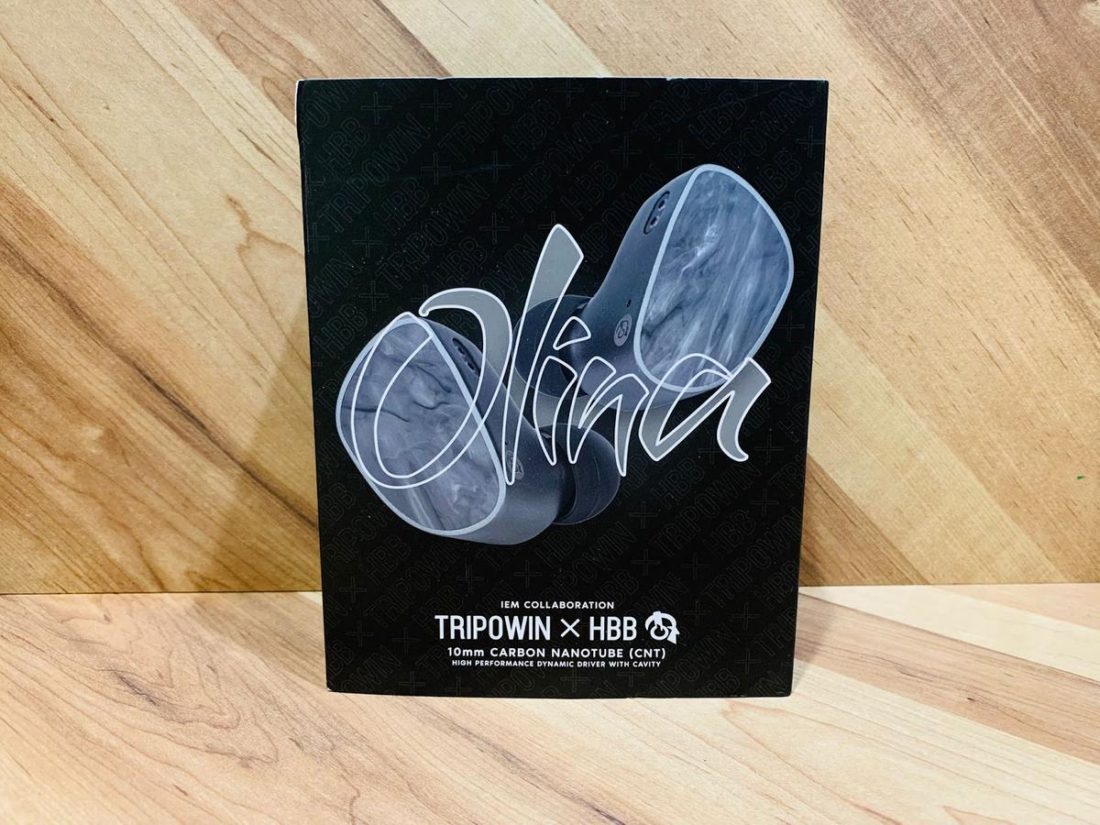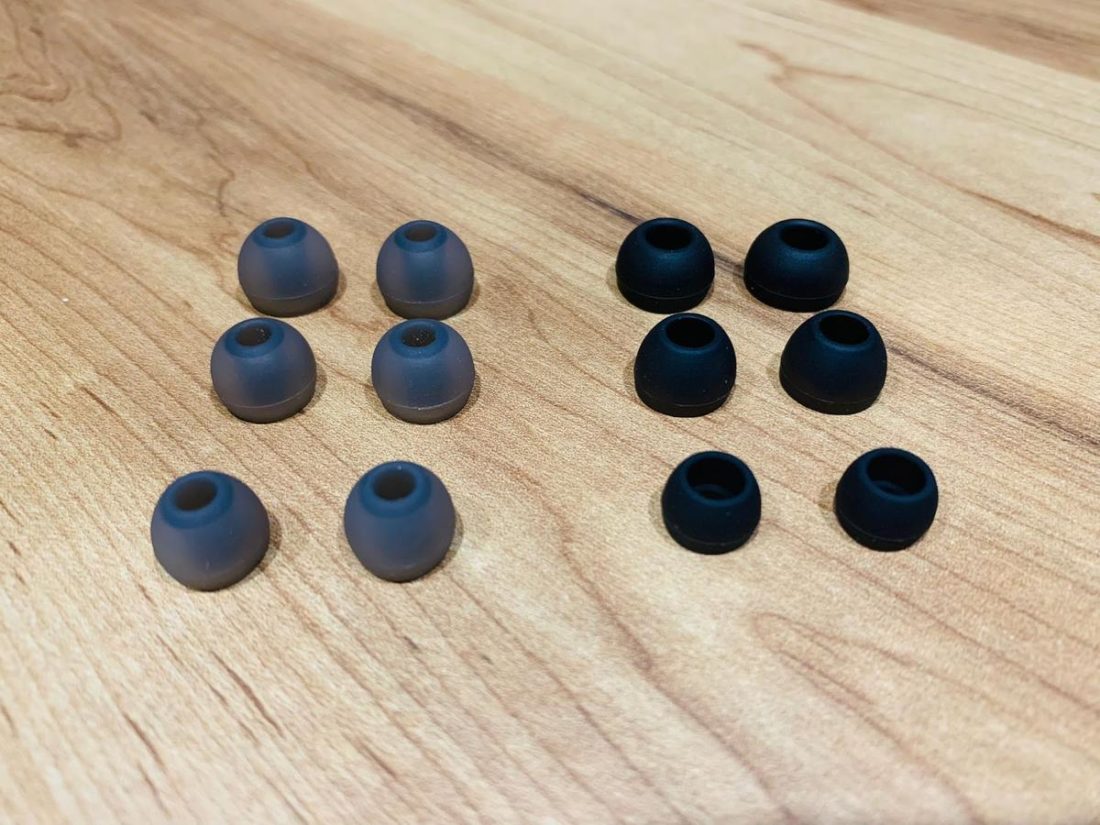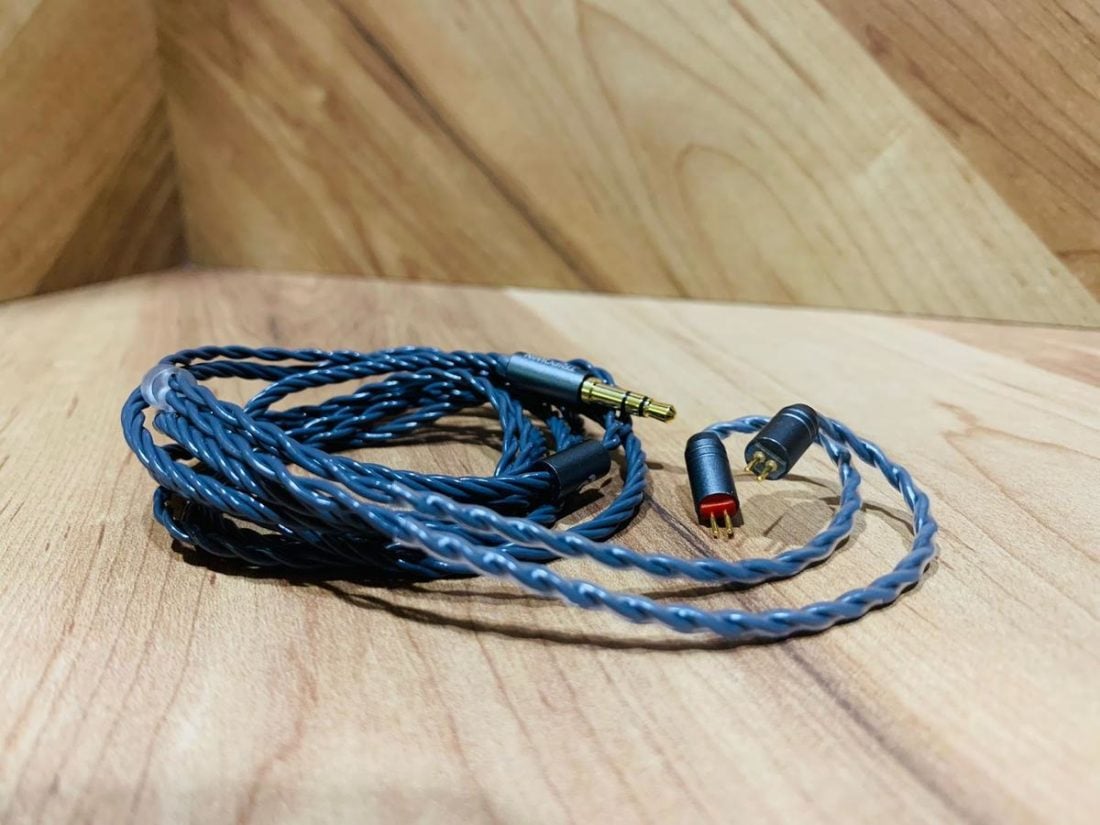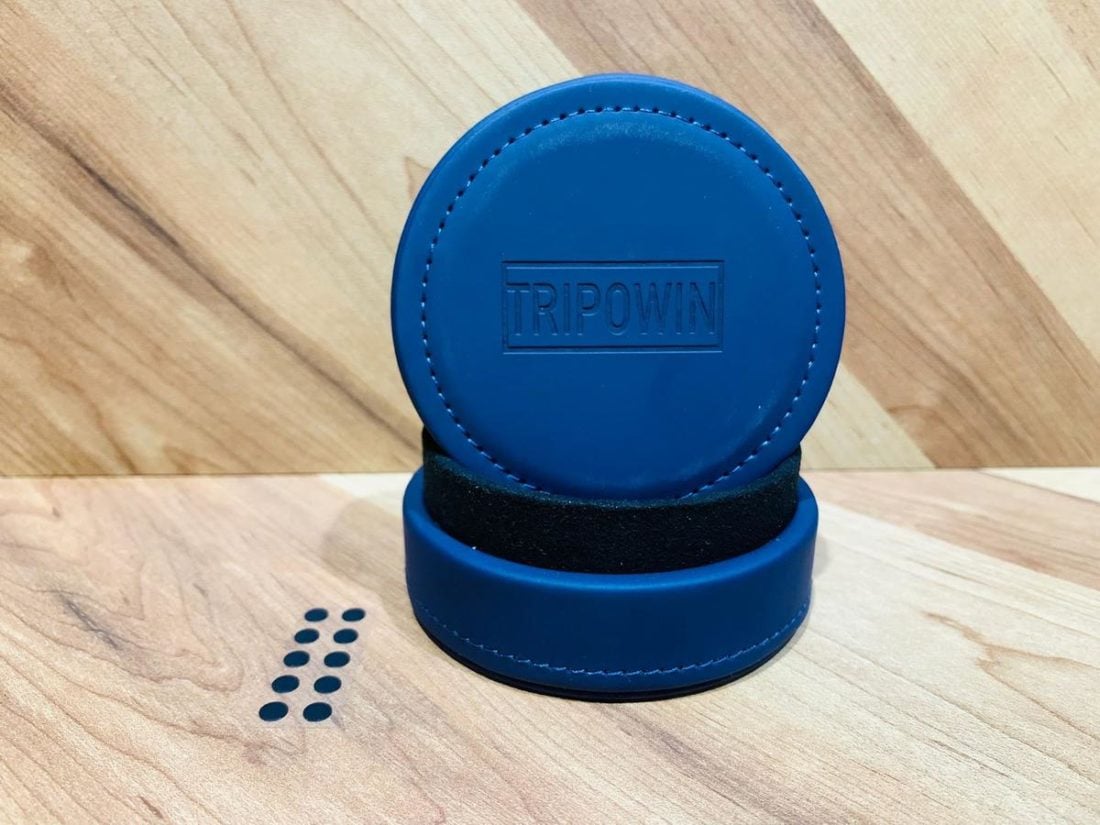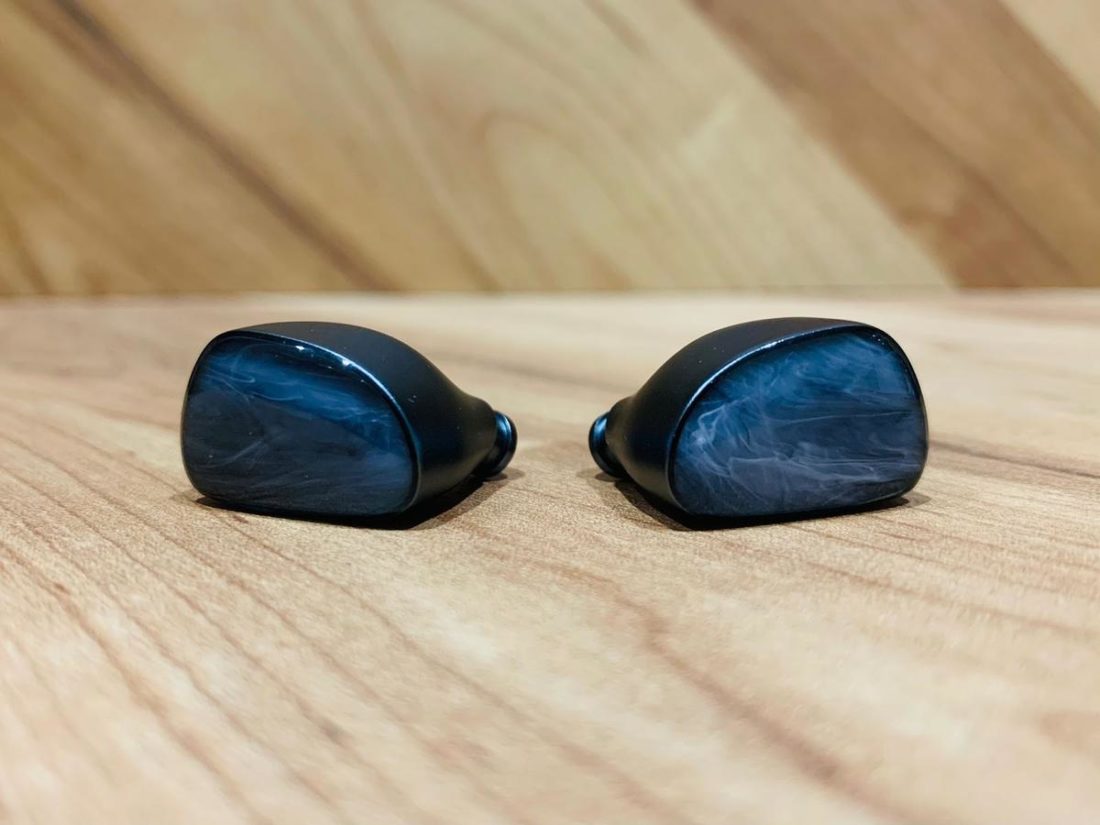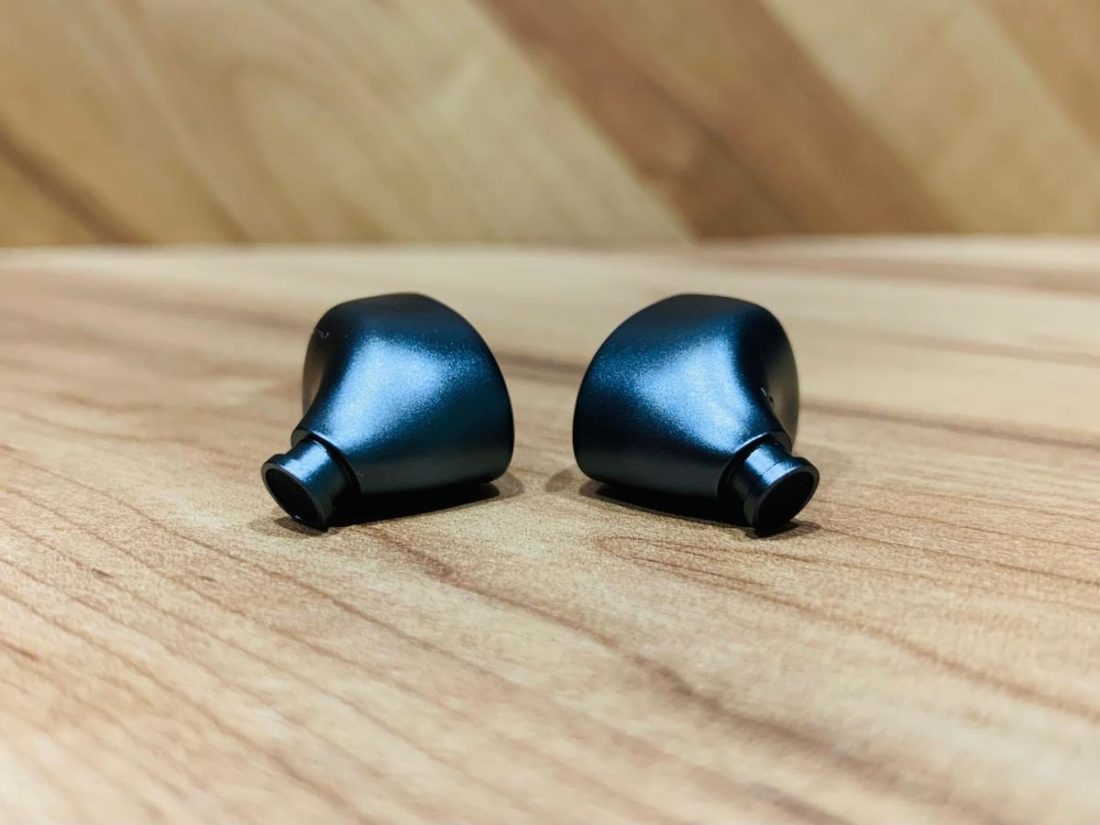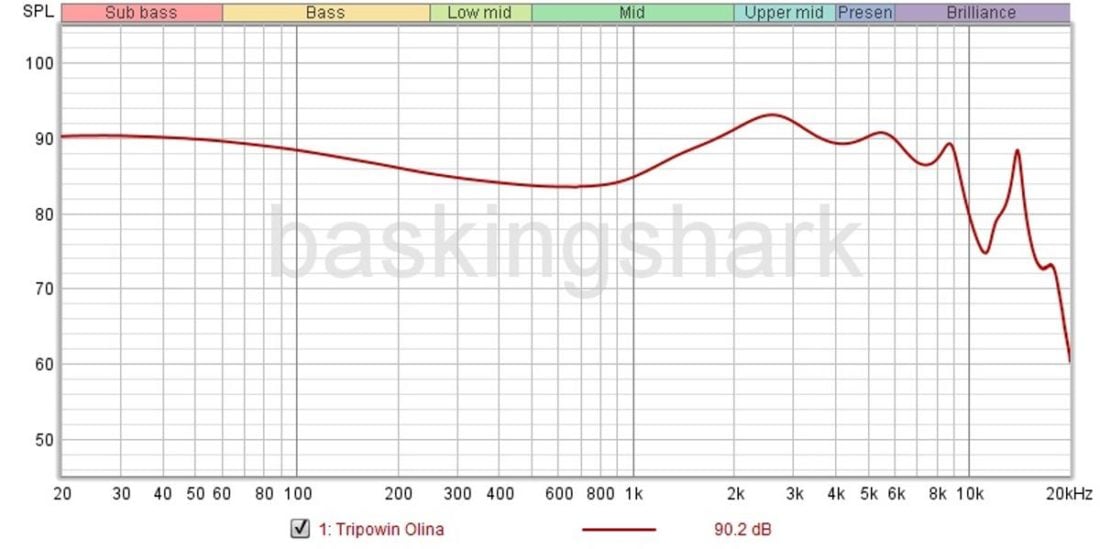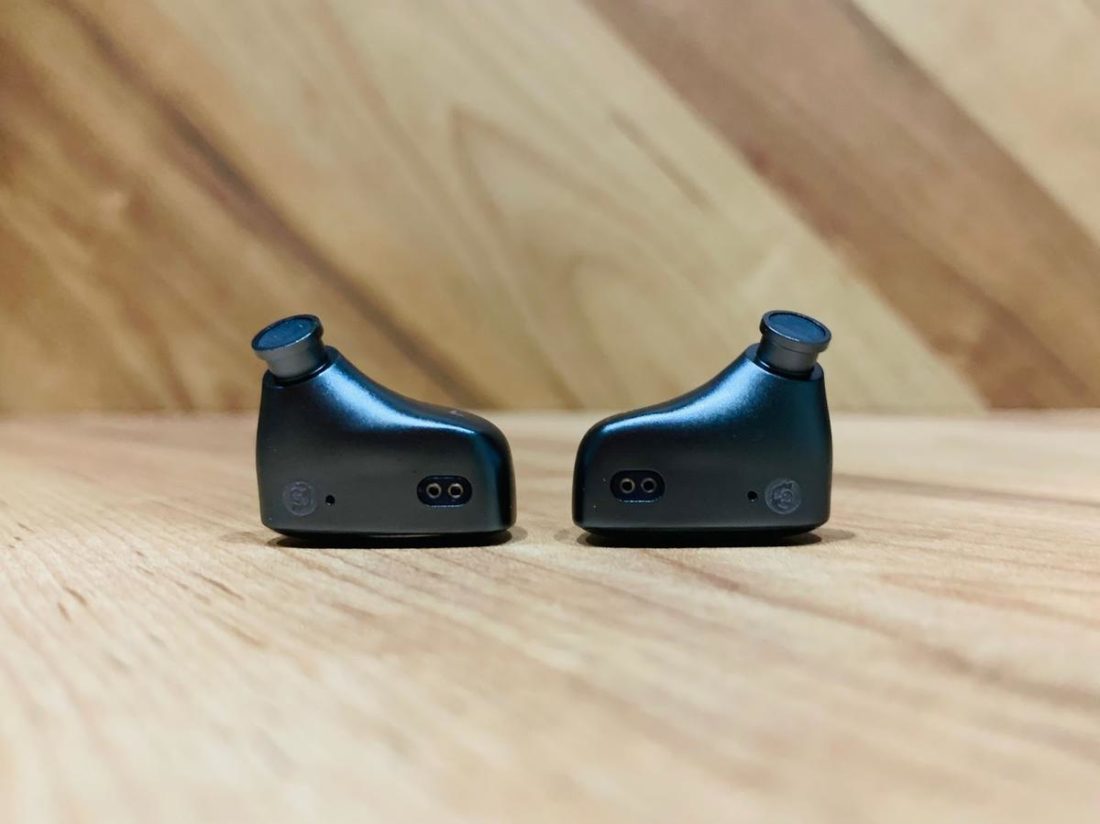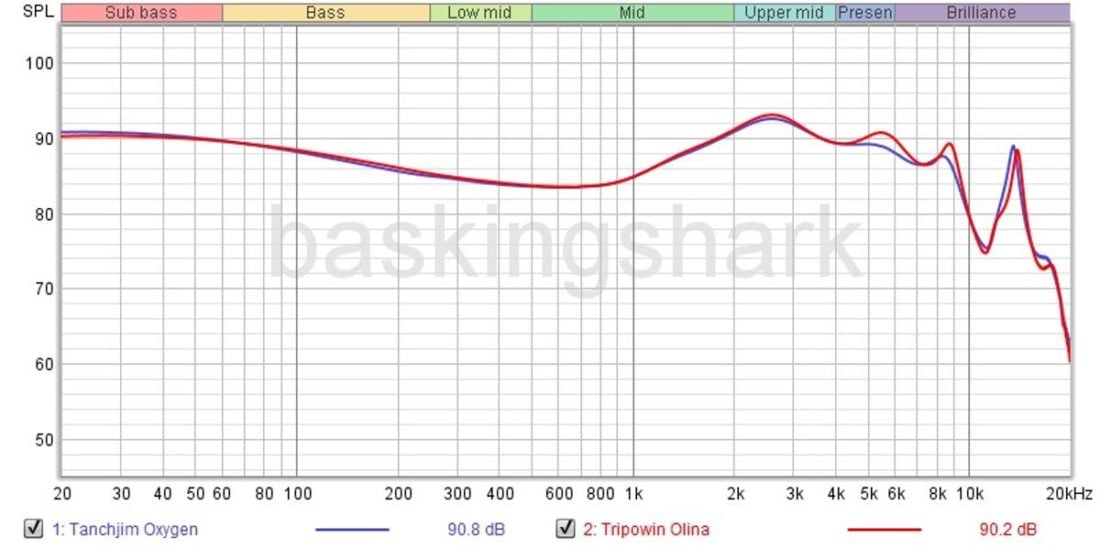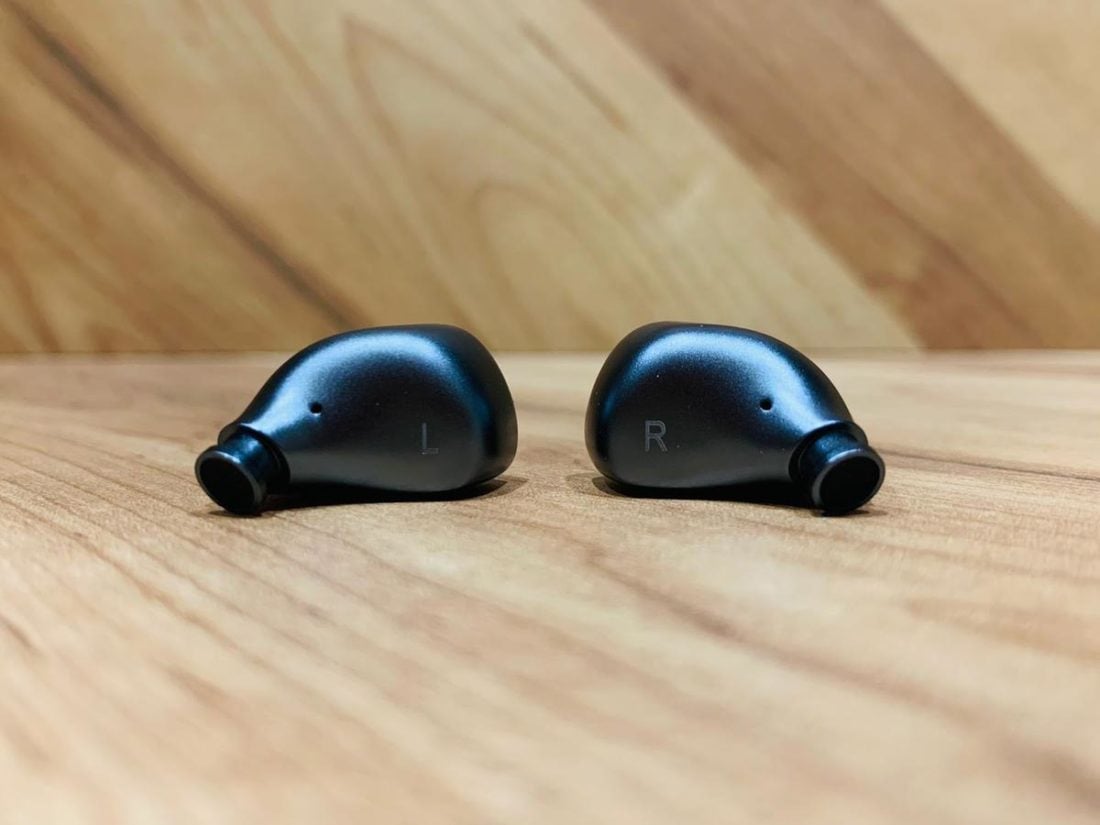The budget single dynamic driver IEM market is highly competitive, with well-loved models such as the Moondrop Aria 2021, TForce Yuan Li, and Tin HIFI Tin T3 Plus winning the hearts and ears of money conscious audiophiles worldwide. The Olina threaten to usurp the natural order by claiming a piece of this coveted single DD pie. In fact, the Olina are the current big hype-train on forums as of the time of writing. So, do they belong in such esteemed company? Or dare I say, even punch above the budget segment? Are they, as some claim, identical to the Tanchjim Oxygen? Or will the hype-train run out of steam? Let’s read on to find out if the Olina are truly identical to the Oxygen, or just a hyperbole.
Overview
Tripowin is a relatively new company in the CHI-FI scene. Their first release was the TP10, back in 2019. Since then, the company has moved from strength to strength, releasing some well received models such as the TC-01, Mele and Lea. Some of these creations were collaborated/tuned with the famous YouTube reviewer BGGAR (Bad Guy, Good Audio Reviews), also known as Hawaiian Bad Boy (HBB). The Olina is one such collaboration with BGGAR.
Technical Specifications
Form: IEMs Drivers: 10mm Carbon Nanotube (CNT) dynamic driver Impedance (Ohm): 32 Ω Sensitivity (dB): 110 dB/mW Frequency Response (Hz): 10 Hz – 43 kHz Removable Cable: Y Cable: Silver-plated oxygen-free copper cable Source Plug: 3.5 mm TRS, single-ended Cup/Shell Plug: 0.78 mm, 2-Pin Mic: N
Packaging
In the box
Tripowin Olina IEMs 2 variants of silicone ear tips (S/M/L for each type) 5 pairs of replacement nozzle filters Cable Semi-rigid case
Ear tips
One set of ear tips features wider bores, which boost soundstage and increase treble frequencies. The other set has narrower bores to increase bass frequencies.
Cable
The stock silver-plated oxygen-free copper cable is quite adequate and there are minimal microphonics, though this cable does tangle easily. 2-pin connectors generally have a longer lifespan than MMCX connectors, especially with frequent cable changes, and this connector choice is appreciated for the Olina’s cable.
Case
I really like the provided case. It is very robust yet lined with an inner soft material. The design is quite a looker too. This is a case (pun intended) of looks meeting utility!
Design
The shells are really solid, fashioned out of aviation-grade aluminum, and using precise computer numerical control (CNC) machining. Isolation is above average and they definitely can be used outdoors or in noisy environments. The left and right earpieces are marked with L and R lettering respectively.
Comfort
The Olina are very comfortable with no weird protruding edges. Weight is on the moderate side and I don’t foresee anyone to have fit or comfort issues with this pair. In fact, the Olina are arguably one of the more comfortable pairs of IEMs I’ve tried.
Internals
The Olina use a 10mm carbon nanotube (CNT) diaphragm. CNT is considered one of the toughest materials with regards to tensile strength and elastic modulus. As such, CNT theoretically improves driver membrane speed, which can potentially translate to better transients and superior note definition. However, tuning and implementation are, of course, more important than the driver material.
Tripowin Olina Sound
The Olina are easy to drive, but as per most single DD IEMs, amplification improves dynamics, soundstage, micro-details, and bass tightness. The Olina feature a Harman-like tuning. I would consider this a safe tuning, in that Harman sets are generally crowd pleasers and all-rounders for most music genres. Imaging, instrument separation, layering, clarity, and micro-details are very good for a budget single DD set. Edge definition is very sharp and well-demarcated. As we will discuss below in the comparisons segment, the Olina actually beat most of the budget single DD competitors in the technicalities department. Timbral accuracy is good for acoustic instruments, but female vocals can sound very nasal at times.
Bass
The Olina’s bass is well-dosed, not intrusive, and mid-bass focused. The sub-bass has some rumble when called for, but bass quantities are just slightly north of neutral. As such, bassheads may find the bass quantities wanting, and I would advise bassheads to consider alternative options. The bass is on the moderate side for speed, with minimal mid-bass bleed. However the texturing isn’t class-leading and can sound a bit undefined at times.
Midrange
The lower midrange is a tinge depressed. Upper mids are forward without being shouty, with a ~10 dB pinna gain. Female vocals are forward over male ones. The excellent soundstage, layering, and imaging give a lot of clarity and transparency to the midrange, and this is my favorite aspect of the Olina. Different instruments and vocals can be picked out effortlessly in a vast sound-scape, aided by the distinct edge definition of notes.
Treble
The Olina have good treble extension and air, but treble sensitive folk may find them slightly sibilant or fatiguing with longer listening sessions. The caveat is that treble sensitivities are dependent on source, volume played at (Fletcher Munson curve), eartips, and hearing health.
Comparisons
I compared the Olina with some other single DD sets. Hybrids and pure BA IEMs were left out of the comparison as the different transducer types have their own pros and cons. Some higher-priced midFI single DD sets were included in the comparisons too, since in some quarters, the Olina are hyped to be giant killers.
Vs. Moondrop Aria 2021
The Aria are one of the most recommended budget single DD sets of the past few months. The Aria are smoother and less hot in the treble, and hence are less fatiguing than the Olina. The Aria are weaker in technicalities, in the areas of soundstage, micro-details, imaging, and instrument separation. However, vocal timbre is more natural on the Aria. Do note that there are quite a lot of complaints of the paint bubbling or peeling off the Aria’s shells on forums; this should not be an issue for the Olina’s metal shells. Oh I forgot the most important point: the Aria come with the quintessential Moondrop anime waifu packaging, and this may be a decision-making accessory for some (haha – joking!).
Vs. HZSound Heart Mirror
The Heart Mirror are a pair of neutral bright IEMs with a thinner note weight than the Olina. The Heart Mirror have less bass quantity, though the bass is tighter than on the Olina. They have inferior soundstage depth and height, and also have a tinge worse imaging, micro-details, and instrument separation than the Olina.
Vs. Tin HIFI T3 Plus
The Tin T3 Plus are a U-shaped set that have garnered quite a lot of hype in recent times. They have slightly more bass quantity, though the bass is less defined and textured than the Olina’s. The Tin T3 Plus have poorer technicalities in the departments of soundstage, details, imaging, and instrument separation.
Vs. DUNU Titan S
The DUNU Titan S are a neutral bright IEM that are an upgrade over the aforementioned Heart Mirror. They have a slightly smaller soundstage and a tinge poorer imaging and instrument separation than the Olina. However, vocal timbre is a bit more natural on the Titan S.
Vs. Moondrop KATO
The Moondrop KATO feature Moondrop’s house tuning, the virtual diffuse sound field (VDSF) signature, which is kind of an amalgam between diffuse field and Harman tunings. The KATO also come with 2 tuning nozzles, which give a different flavor to the tuning, and some added versatility. They are better accessorized, but that is no surprise considering the price difference. The KATO have a more compressed soundstage but they are more detailed. Imaging and instrument separation are slightly weaker on the KATO. The KATO, though, have better timbral accuracy and are less hot in the upper and lower treble.
Vs. BQEYZ Autumn
The Autumn are a midFI single DD set that feature an innovative magnetic swappable nozzle system, that allows one to switch to 3 different tunings on the fly. This gives the Autumn greater versatility than the Olina, as the Autumn can be anything from neutral, to U-shaped, to V-shaped.
Vs. Tanchjim Oxygen
Okay, this is the battle everyone is waiting for. Presenting the Big Kahuna themselves, the Tanchjim Oxygen (please forgive the Hawaiian puns)! Tonally, while the Olina and Oxygen are similar as the graphs suggest, the Oxygen are smoother, being less bright and causing less fatigue than the Olina during longer listening sessions. The Oxygen also have a tinge less sibilance. In terms of timbral accuracy, the Oxygen are more natural sounding, with the aforementioned nasal vocals on the Olina deducting points in this area. In soundstage (width and depth), imaging, and instrument separation, the Oxygen are better. The Olina also have a less tight bass; the low frequencies sound a bit undefined and lacking texture compared to the tighter and cleaner bass of the Oxygen. The Olina are slightly easier to drive and fit better than the Tanchjim Oxygen, due to the latter having an overly short nozzle. That’s how far the industry has moved! Budget conscious audiophiles will likely be quite happy with the Olina. The only thing is, once one has heard something better, one cannot unhear it. In my book, the Oxygen are more refined and better technical performers than the Olina.
Where to Buy
Linsoul Aliexpress
Conclusion
The Olina are a great addition to the cut-throat budget single DD market, and I consider them in the same breath as the Dunu Titan S and Moondrop Aria. They are good all-rounders and great value for the price, with surprisingly few weaknesses. Layering, imaging, edge definition, and soundstage are real highlights on the Olina, though some nitpicks are a slight treble spiciness/sibilance, occasionally undefined bass, and sometimes nasal female vocals. While the Olina do not beat the venerable Oxygen in terms of absolute sonic fidelity, just losing out in technicalities/timbre and less refinement, they reinforce the concept of diminishing returns moving from the budget to the midFI segment. Quite a lot of folks will be happy with something slightly less proficient but for far less money! Other than the Oxygen, the Olina actually do some technical aspects better than some midFI single DDs like the Moondrop KATO and BQEYZ Autumn. (Note: the KATO have better timbre/tonality and the Autumn have superior soundstage and greater versatility.) Considering the Olina are substantially cheaper, that’s nothing to be sniffed at. Oxygen killer they are not, but is still a joyous occasion (as per their namesake). The Olina are recommended in my book and I consider them to be a worthwhile budget introductory set. Perhaps only bassheads and the very treble sensitive may find them wanting for the price, but most others should find the Olina to be good all-rounders.
